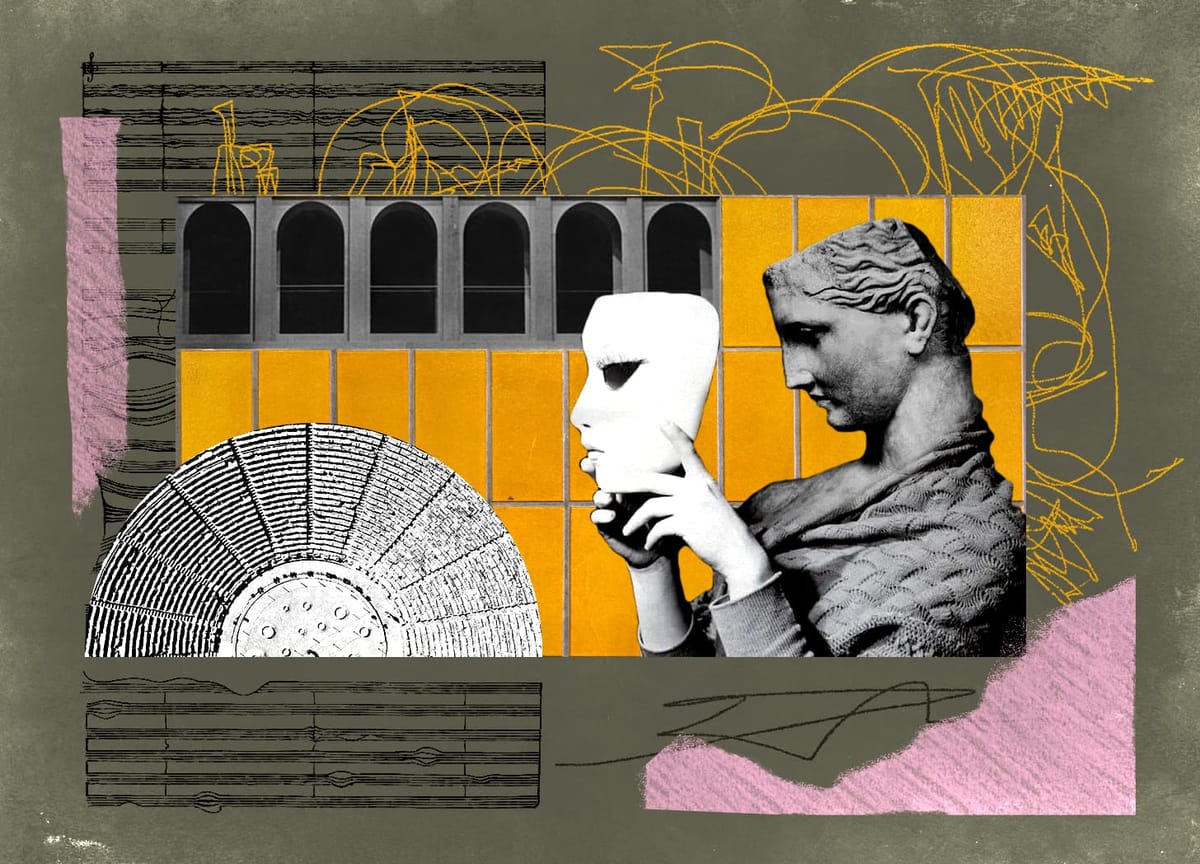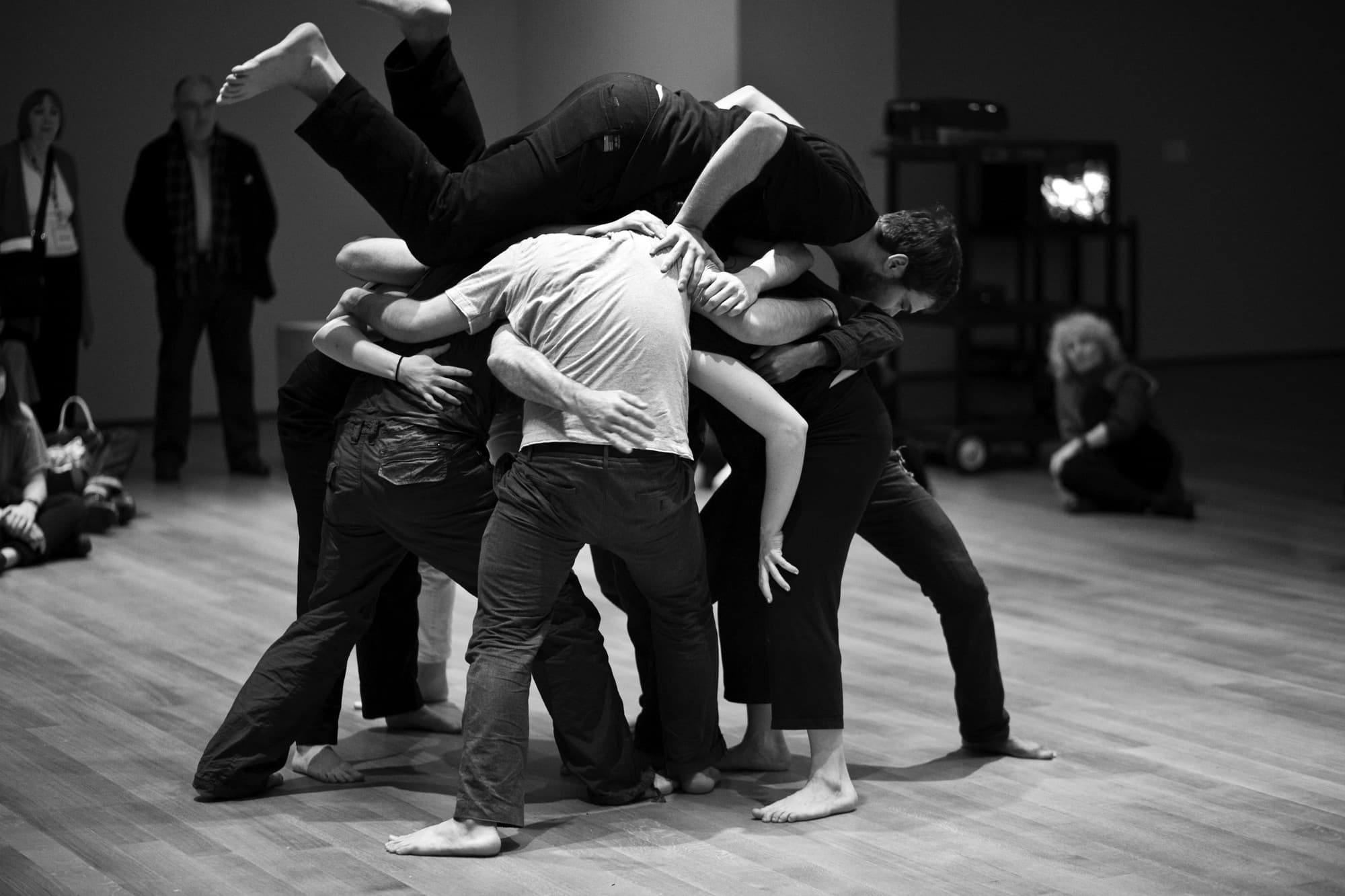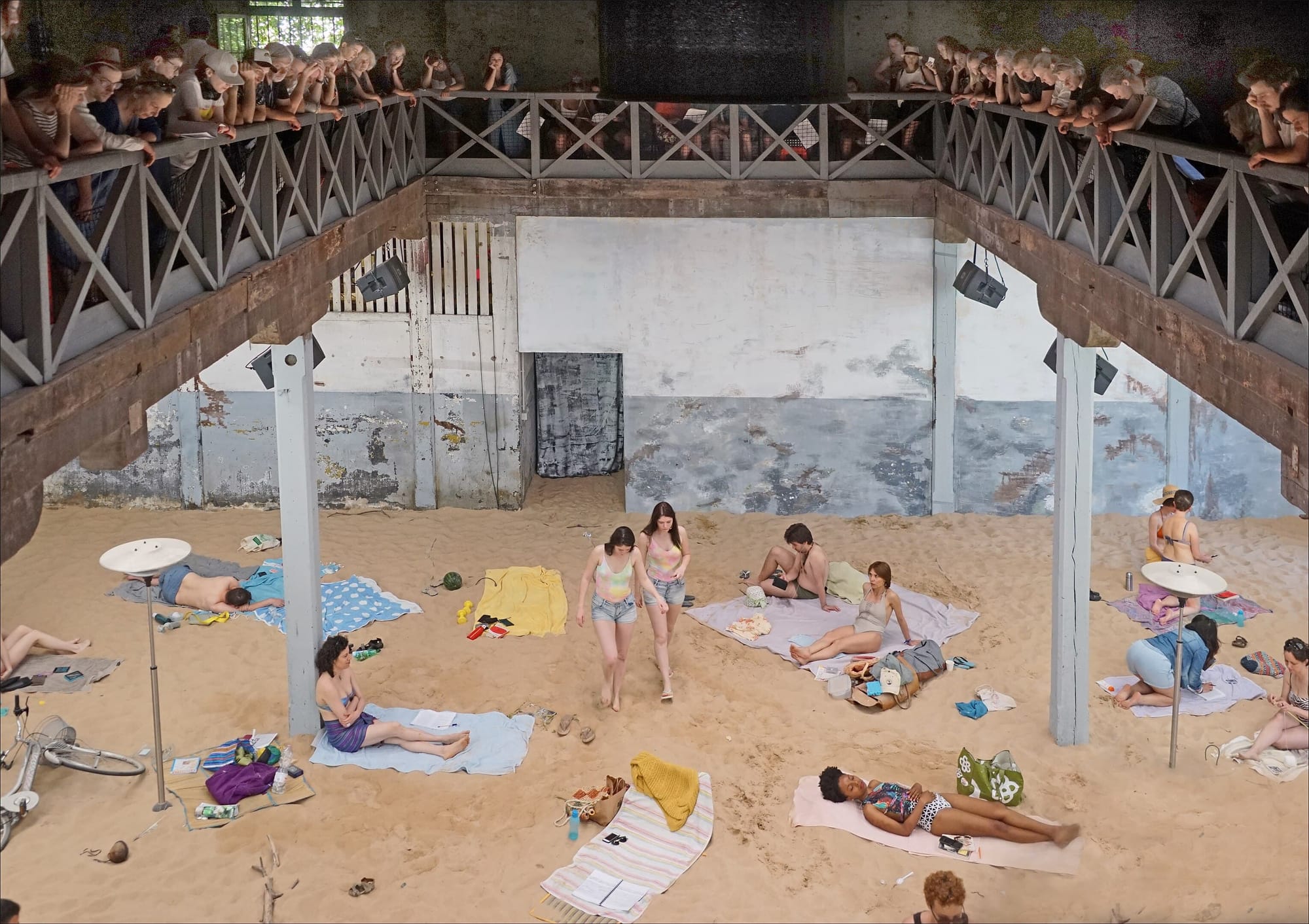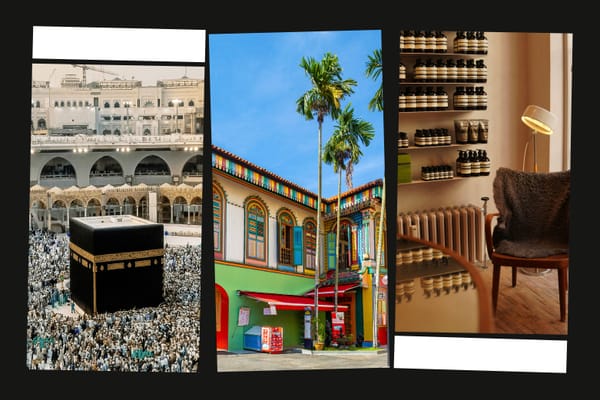Stage Directions
Two books on performance—and how we relate to performers

Hi everyone,
This week, as a follow-up to last week’s story about the making of the book Set Pieces, I share two other recently published books that engage with art, performance, and public spaces. I think you’ll find them valuable if you’re someone designing theaters, designing spaces in which the theater of urban life unfolds, or if you’re simply interested in these topics. Those recommendations are below this week’s good links.
According to an online search, a monthly subscription to Frontier Magazine would earn you one square foot of ground-floor commercial space in the available storefront closest to my house in Toronto. I hope you’ll agree that this newsletter provides more value than that amount of space could. Click the title to be taken to the web version and subscribe. Who knows, maybe you can then rent that square foot, print out a few issues, stack them up, and share them with passersby?
Until next week,
Brian
🔗 Good links
- 👨🏻💼🏢 “The world of work is changing. Is [London’s] Canary Wharf ready?”
- 🚴🏻♀️🏘️ In a short video, Uytae Lee of About Here asks, “Is cycling in the suburbs a lost cause?”
- 🪟🧱 Lloyd Alter, whose new book I discussed a few weeks ago, celebrates a new marketing campaign that creatively reframes Passive House standards
- 📡🚋 Grant Blakeman, in a personal reflection: “Public transit, broadband—these are two ways I see class imperceptibly showing itself in my American experience.”
Stage Directions

Richard Sennett has passed age eighty, recovered from a stroke, and is in a reflective mood. The eminent sociologist and urban thinker’s new book, The Performer: Art, Life, Politics (Yale University Press; buy in the US or Canada) offers a braided story. Weaving through its pages are autobiographical passages detailing his experiences in late-twentieth-century New York City: studying music at Juilliard, working with artists at the Judson Dance Theater, living above a bar for dock workers, visiting friends suffering with AIDS. These are set alongside an opinionated history of mostly Western theater, from the ancient Greek agora through Renaissance “self-fashioning” and into the eighteenth and nineteenth centuries. And, since he’s perhaps best known for his studies of cities, a third strand considers how the changing theater relates to the politics of urban streets.
It’s an erudite and fast-paced book, better used as a provocation for your own thinking than a singular argument worth studying closely. In the space of a few pages, he’ll jump from psychiatrist D.W. Winnicott to Machiavell, or from sociologist Erving Goffmann to Caravaggio and Shakespeare—and throw in an aside about the soccer club Arsenal’s Emirates Stadium for good measure. Sennett takes as axiomatic that performance—presenting oneself to an audience—is a natural part of human life. He likewise asserts that in the past few centuries the performing arts have gone from an “open” to a “closed” stance, isolating themselves from the communities, the publics, that they attempt to reflect and persuade.
“The challenge today,” Sennett writes, “is to re-engage with the street.” He continues: “The challenge is how to use physical elements of enclosure, like its walls or raked seating, to bring stage and street together.” He has soured on most contemporary architects’ solutions to this problem, and turns to nature for ideas. But he does cite one theater as being emblematic of the performance spaces he seeks: Tadao Ando’s Kara-Za Theater, designed in the mid-1980s: its “walls and ceiling are easy to assemble and disassemble, the materials able to be ‘tuned’ acoustically to the particular shape the theater assumes in different public spaces.” Does no performing-arts hall, no building with a foundation, properly engage the street? I disagree, and suspect you do, too. So why don’t you reply and send me examples of buildings that do this successfully? I’ll collate them and share in a future issue.
For more on the book, see this interview with Sennett (scroll way down) or this critical review in the Wall Street Journal.

Claire Bishop’s new book Disordered Attention: How We Look at Art and Performance Today (Verso; buy in the US or Canada) opens with descriptions of performances on either side of Sennett’s open/closed divide. The first is an opera about climate change in which viewers look down onto a “beach” filled with performers; the second is an improvised composition taking place in—and incorporating aspects of—a New York City street corner. What unites them, however, is that “the viewer’s attention was radically dispersed. […] Our conversations and observations took place in and alongside the work, as did our photography.” It is the latter that is “the most important difference” between performances staged today and those of earlier decades: “We have come to document as we look. […] We are physically present in the performance but also networked to multiple elsewheres.”
Bishop’s book is rigorous and well-written art history, grappling with and trying to contextualize very recent art—and the conditions in which it has been presented and received. She focuses on research-based art; museum exhibitions of performance art, especially dance; brief artistic interventions into public spaces; and “a type of citational practice that … [invokes] modernist architects and designers.” But as you can see from that list, its arguments, about “new conditions of spectatorship” and how “our attention has been reorganized” apply as well to people thinking about buildings and public spaces, not just those performing within them.
For more on the book, see Emily Watlington’s review in Art in America.
PS—If you’ve made it this far, a little secret: the title of this newsletter was for a long time the working title of the book that eventually became Set Pieces. 🤫





